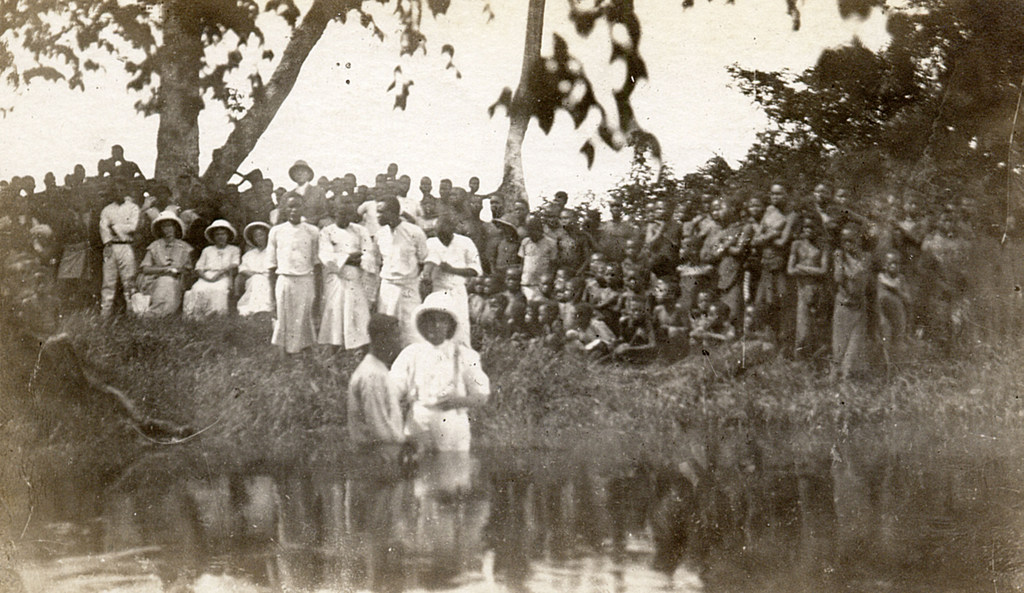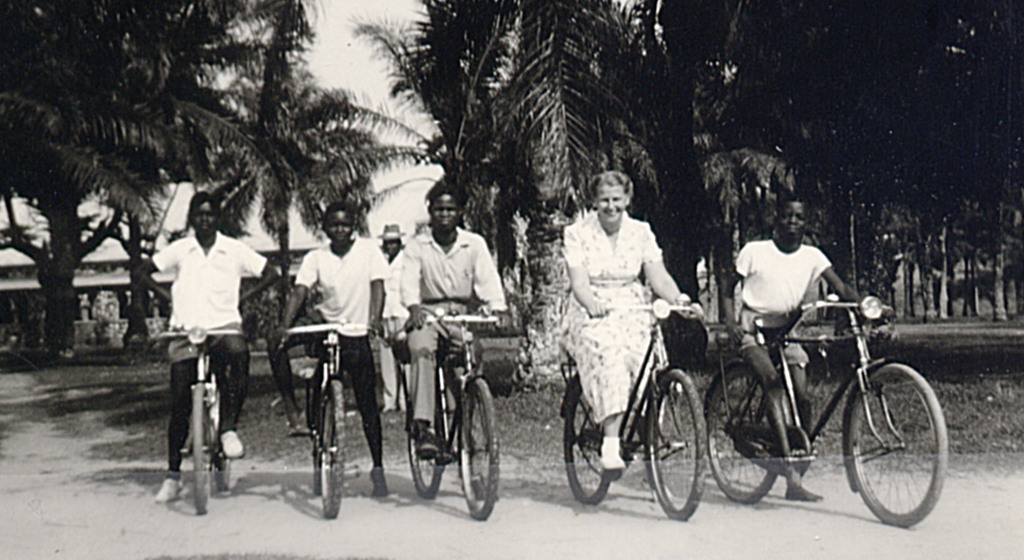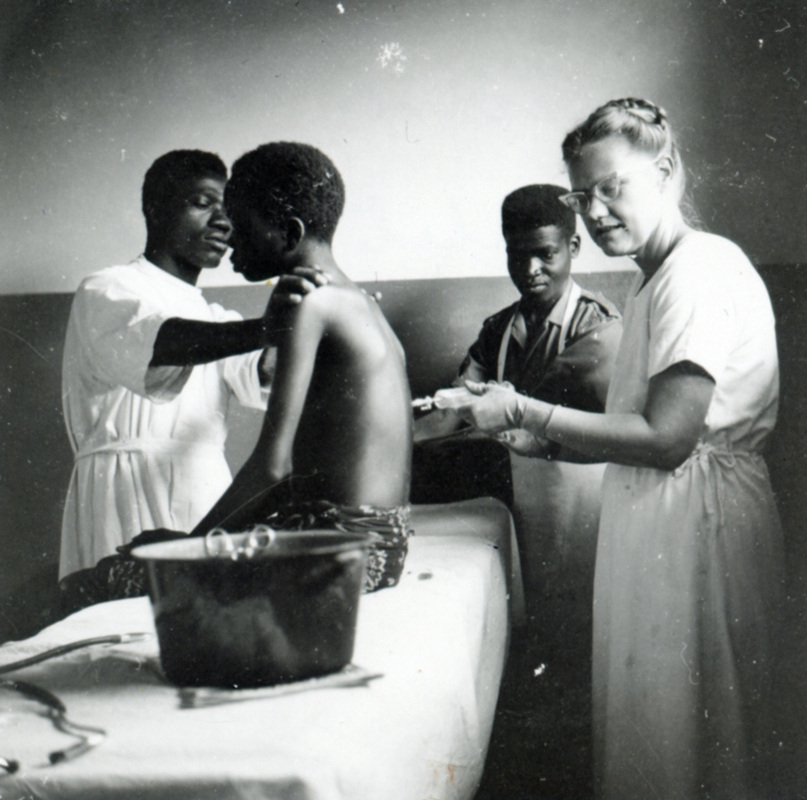A Brief History of AIMM
|
For further articles and information on CIM/AIMM and on the Congo churches that grew out of this work , go to the Global Anabaptist Mennonite Encyclopedia Online at www.gameo.org.
|
The origins of Africa Inter-Mennonite Mission go back to the year 1912 when two small Mennonite groups, the Central Conference of Mennonites and the Defenseless Mennonite Conference, known earlier as the Stucky Amish and the Egly Amish, respectively joined their meager resources to pioneer a venture of faith on the African continent.
Identified by their founding leaders, Henry Egly and Joseph Stucky, the two groups had departed from the Old Order Amish to move forward toward a more progressive and evangelical church life. Their rural membership clustered in Central Illinois and Indiana. By 1910 their total number still did not exceed 3,500 people. However, caught up as they were in the joy of their new understanding of salvation through grace, and in the excitement of newly discovered claims of discipleship upon them, they dared to launch a series of cooperative Mennonite endeavors, including international mission work. By January 23, 1912 in the little hamlet of Meadows, Illinois, the Congo Inland Mission was officially brought into being. Before that year ran its course, the first little handful of Mennonite missionaries had hacked clearings in the brush beside the Kasai River at Djoko Punda and Kalamba in South Central Congo, and the effort to bring a witness to the gospel of Christ in that land was engaged. Congo Inland Mission, later to become Africa Inter-Mennonite Mission (AIMM), was founded in 1912 in the USA, and sent its first mission workers to Congo that year. Both these and later mission workers soon discovered that by far the most effective means of furthering the Good News of Jesus was to invite Congolese believers to play major roles in the mission task. The Congolese church grew best as Congolese believers shared Christ with their neighbors, and Western missionaries played supporting roles such as training local leaders and building churches and other facilities. Decades of kingdom work bore fruit.
|



